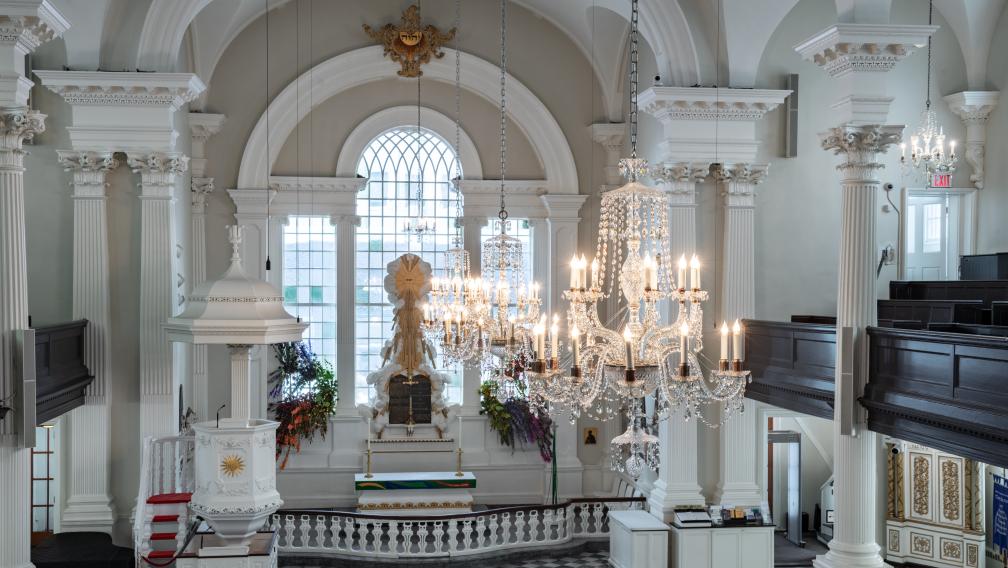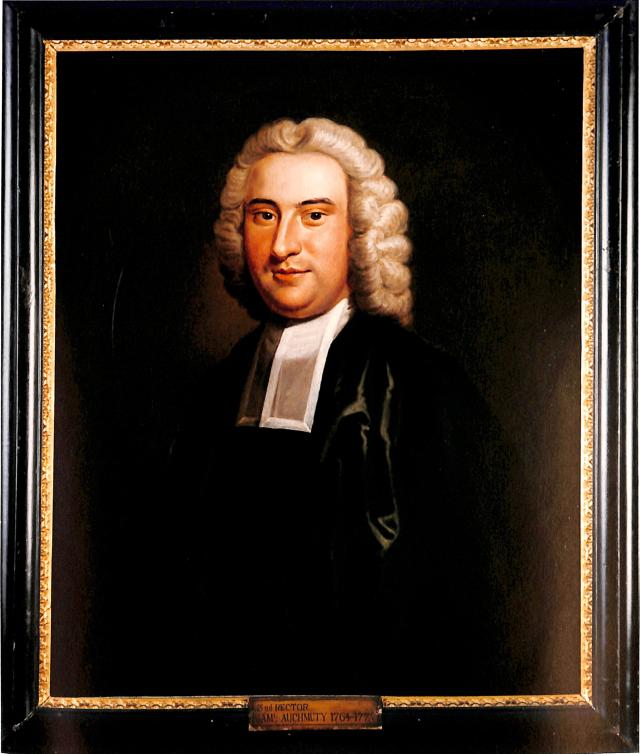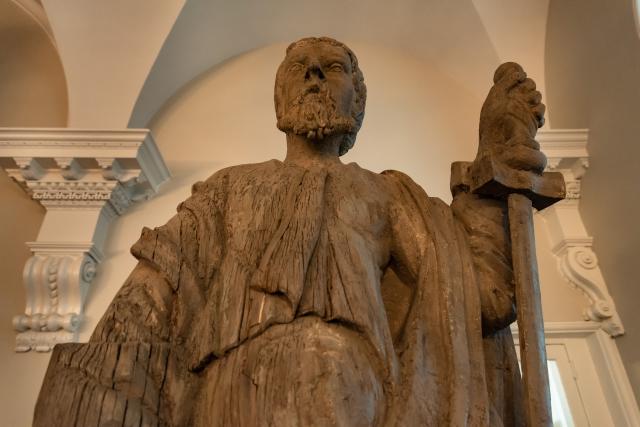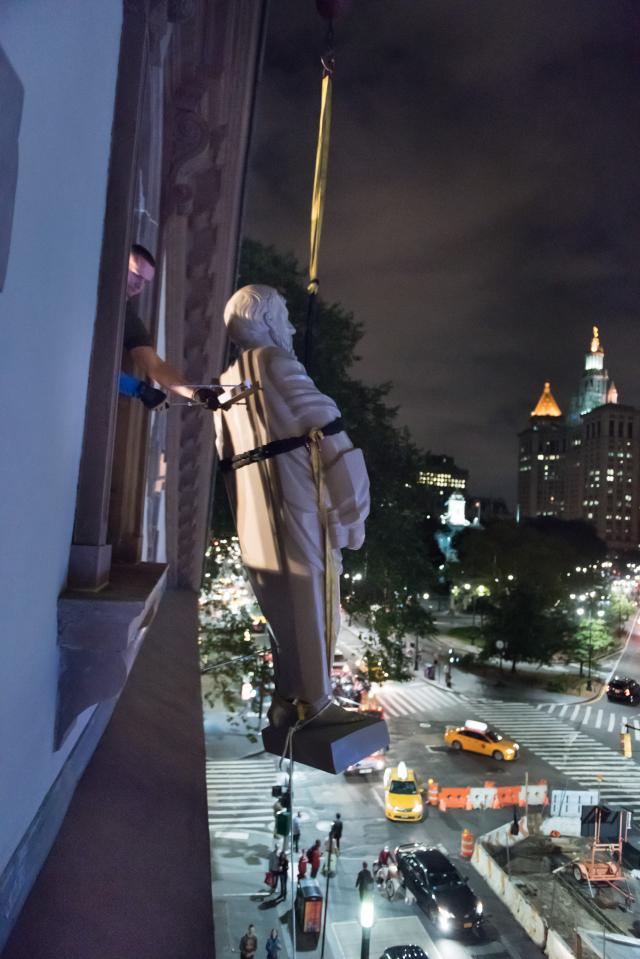The Two Pauls at St. Paul's Chapel

The parish of Trinity Church Wall Street opened St. Paul’s Chapel in 1766. The building is almost exactly 80 years older than the third (and current) Trinity Church, and an estimated one million people a year were visiting up to the start of the pandemic. The chapel is now once again open to the public, seven days a week.
Ever since its birth in the late colonial period in New York City, the chapel has honored its namesake and patron saint, Paul of Tarsus, tentmaker, prolific epistle writer, and apostle to the Gentiles.
St. Paul is represented both inside and outside, and the month of October is important to the chapel, and its connection to Paul, because of a couple of anniversaries.
St. Paul's Chapel opened on Thursday, October 30, 1766 with Trinity’s Rector at that time, the Rev. Samuel Auchmuty, preaching a sermon based on the scriptural account in the Book of Exodus of Moses and the Burning Bush. So later this month, the chapel will turn 256 years old.
The first representation of the apostle arrived more than three decades later, after the U.S. War of Independence. That seven-foot high, 500-pound wooden statue of the saint, carved from the wood of a tulip poplar tree, looked down on Broadway for more than two centuries, until August 2015, when it was temporarily removed for restoration.
Having already survived a couple of hundred years of changing seasons, the restored representation of the apostle now stands inside, out of the elements, on the chapel balcony. If you’re looking up at the chapel organ, turn your gaze slightly to the right to see the wooden statue of St. Paul.
A new statue, lighter at only 200 pounds, and made of resin to better survive the vagaries of New York City weather, was hoisted up and now rests in the tympanum, above the east façade (Broadway entrance) of the chapel, best viewed by crossing Broadway and looking back and upward. This newer Paul is now marking its sixth anniversary, having claimed its perch in October 2016, the same month the chapel itself turned 250, a sacred space with a quarter of a millennium of presence in Lower Manhattan.








